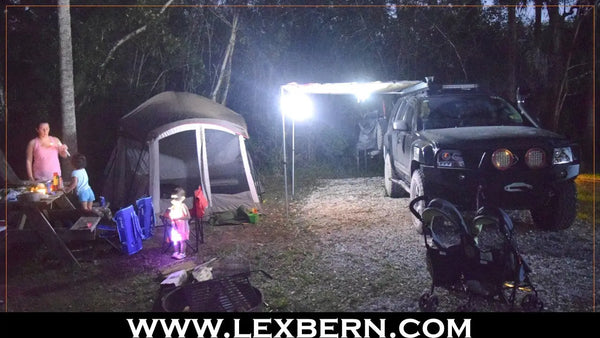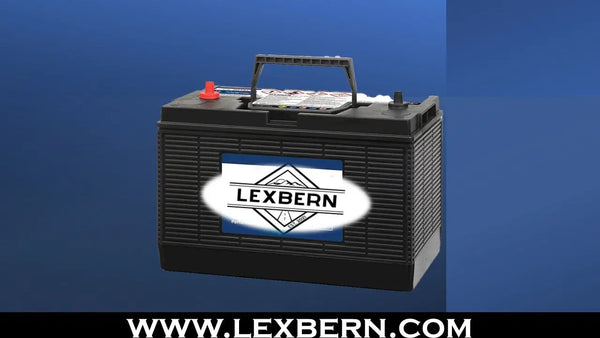This is part two of our Overland Vehicle Electronics series that helps overlanders understand how batteries work and what role they play in adding electronic devices. For example, how long can you leave your camp lights on before your battery goes dead?

Demystifying Amp Hours: Understanding Your Battery's Power Potential
Have you ever stared at a battery, bewildered by the cryptic symbols and numbers printed on it? One of those terms you might encounter is "amp hours," or Ah. But what exactly does it mean, and how does it help you understand your battery's performance?

Amp hours explained:
Imagine a battery like a water tank. The amps (A) represent the flow rate of water, similar to how much current the battery can deliver at a given time. Hours (h) signify the duration, just like how long the tank can sustain that flow rate.
So, amp hours (Ah) is a unit that tells you the total amount of electrical charge a battery can deliver. It essentially combines the current (amps) and the time (hours) to give you a picture of the battery's capacity.
Here's an example:
- A 50Ah battery can provide:
- 50 amps for 1 hour
- 25 amps for 2 hours
- 10 amps for 5 hours
This flexibility allows you to adjust the current draw (amps) based on your needs, impacting how long the battery will last (hours).
Key points to remember:
- Higher Ah rating generally indicates a larger capacity battery that can last longer.
- The actual runtime depends on the current draw of your device. A device demanding higher current will drain the battery faster.
- Amp hours alone don't tell the whole story. Battery voltage also plays a role. For example, a 12V 100Ah battery has the same energy storage as a 24V 50Ah battery, although their voltage outputs differ.

Using amp hours effectively:
Understanding amp hours helps you make informed choices:
- Choosing the right battery: Match the Ah rating to your device's current draw and desired runtime.
- Estimating usage: Calculate the approximate runtime by dividing the battery's Ah rating by the device's current draw (in amps). Remember, this is an estimate, and real-world usage may vary.
- Practicing good battery habits: Avoid extreme temperatures, prolonged storage in a discharged state, and overloading the battery to maximize its lifespan.
By understanding amp hours, you can unlock the hidden language of batteries and make smarter choices when it comes to powering your overland vehicle.
Start shopping our LED Products
Part I of this series: Overland Vehicle Electronics: Battery Reserve Capacity
Ready to outfit your vehicle with LED lights?
Feel free to reach out to us by any of the methods listed below:
Phone: 484-513-7746
Email: support@offbrandproducts.com
Online Chat: Click the Chat button to be connected with a representative.

